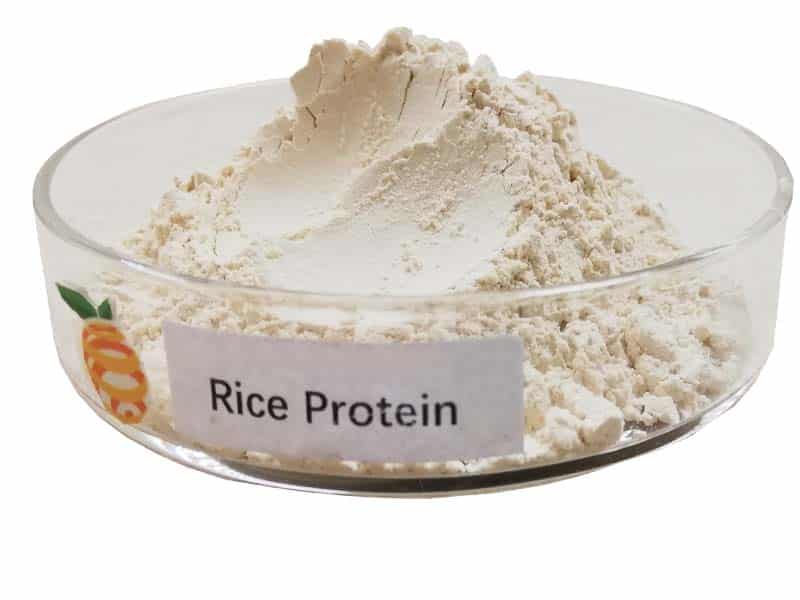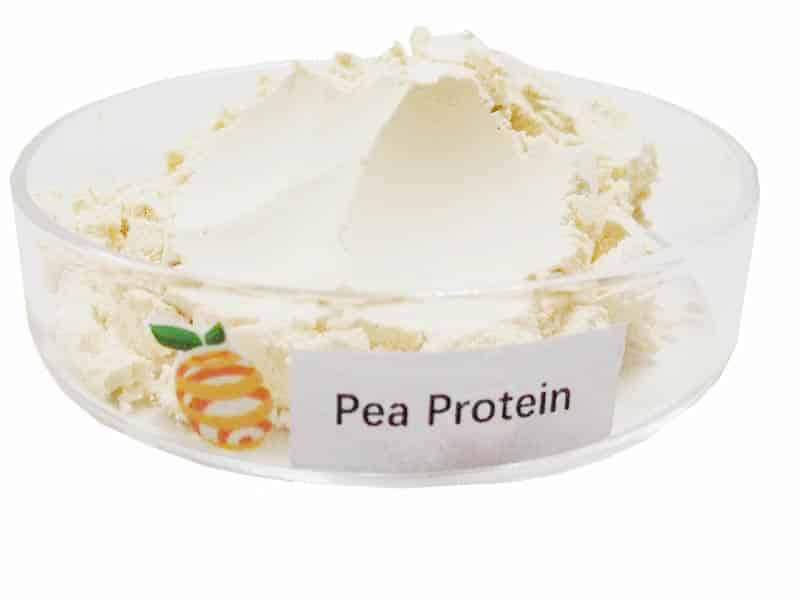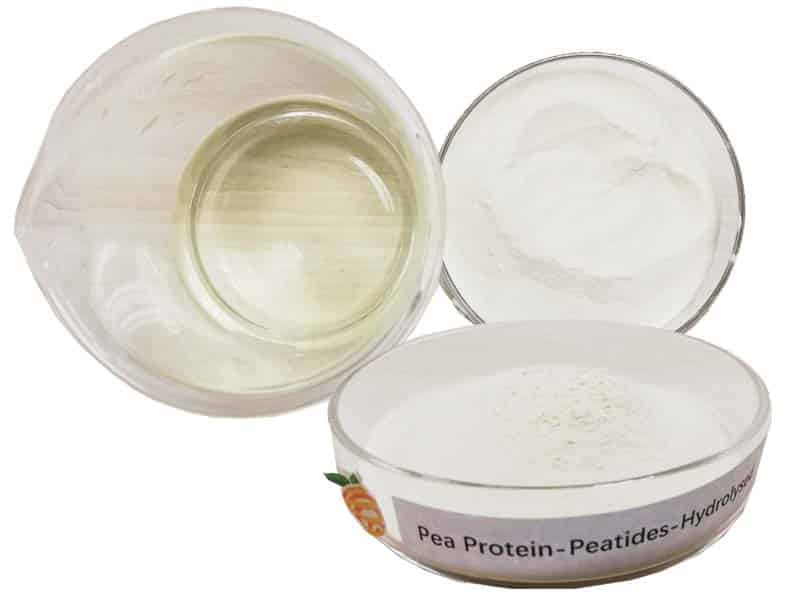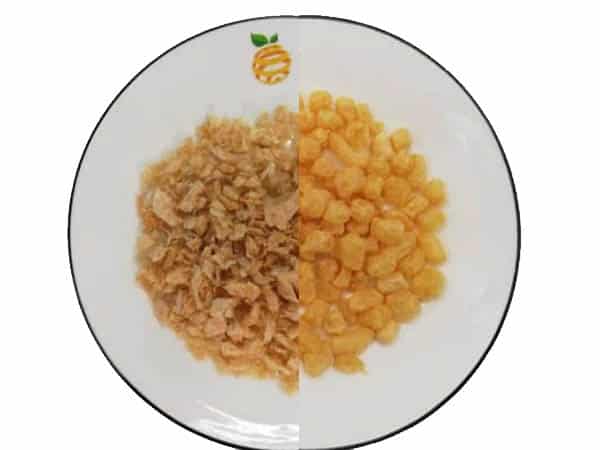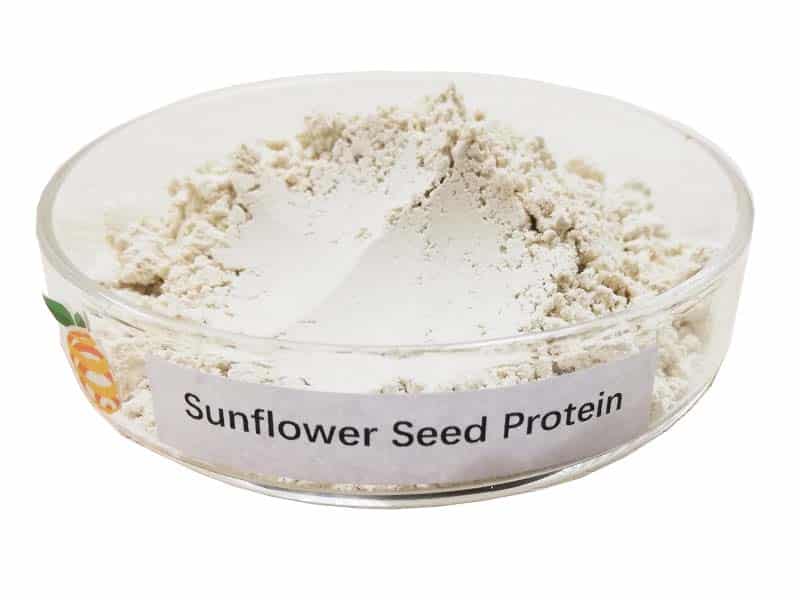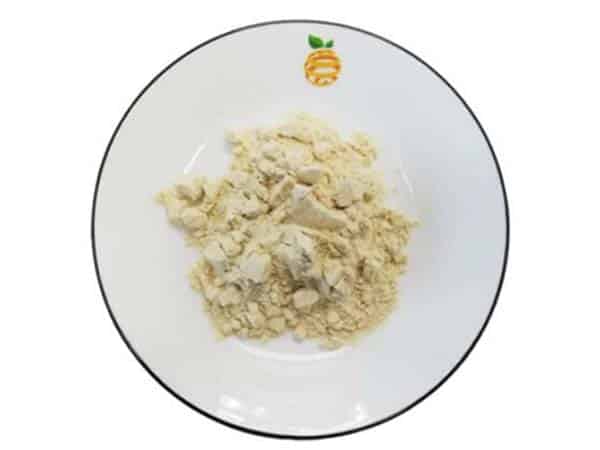Joint Application Of Multiple Quality Control Charts In The Determination Of Total Arsenic Content In Rice
Exploring the efficacy of multiple quality control charts in enhancing arsenic measurement accuracy in rice for improved laboratory management and safety.
Objective To study the joint application of multiple quality control charts in the determination of total arsenic content in rice. Methods The measurement data of total arsenic content in rice were collected, the quality control chart parameters were analyzed and calculated, multiple quality control charts were drawn and the joint application effect was analyzed. Results: Multiple quality control charts were used to control the test results of total arsenic content in rice, and an early warning response mechanism was established to quickly find problems. Conclusion The joint application of multiple quality control charts provides a basis for the management and assessment of laboratory technical elements.
Abstract:
The imperative study delineates the concerted application of an array of quality control charts to ascertain the total arsenic content in rice. By harnessing comprehensive measurement data, this research underscores the meticulous analysis and calculation of quality control chart parameters. Subsequently, the deployment of multiple charts facilitates a profound evaluation of their collective efficacy in enhancing laboratory precision and establishing an adept early warning response mechanism for prompt issue identification.
Introduction:
Arsenic contamination in rice poses a significant public health risk, underscoring the necessity for precise and reliable testing methods within laboratories. Traditional single-chart quality control approaches may not suffice in detecting subtle variances or trends in arsenic content. Hence, this study proposes a novel methodology involving the integration of multiple quality control charts to bolster the accuracy and reliability of arsenic measurement in rice.
Methods:
The research methodology encompassed the collection of extensive measurement data regarding the total arsenic content in rice. This dataset served as the foundation for the analytical process, where parameters for various quality control charts, including X-bar, R, and S charts, were meticulously computed. These charts were then concurrently applied to the dataset, enabling a comprehensive overview of the data’s variability and stability over time.
Results:
The implementation of multiple quality control charts demonstrated a substantial improvement in the monitoring of arsenic levels in rice. This multi-chart approach facilitated a nuanced understanding of the data, revealing trends and deviations that may have remained undetected with a singular chart method. Most notably, the establishment of an early warning response mechanism proved instrumental in swiftly identifying and addressing potential anomalies in the measurement process. Through the detailed analysis, the study revealed how each quality control chart contributed uniquely to the overall quality assurance process, thereby underscoring the efficacy of their joint application.
Conclusion:
The joint application of multiple quality control charts marks a significant advancement in the field of laboratory management and technical assessment. This approach not only enhances the precision and reliability of arsenic measurements in rice but also establishes a robust framework for the early detection of irregularities. The findings of this study provide a solid foundation for the adoption of multi-chart quality control mechanisms in laboratories, paving the way for improved public health safety measures. Furthermore, this methodology can serve as a benchmark for future research and application in other areas requiring stringent quality control measures.
Implications:
Beyond the immediate benefits of improved accuracy and early detection capabilities, the study’s findings have broader implications for laboratory practices and public health policies. By integrating multiple quality control charts into the arsenic measurement process, laboratories can significantly reduce the risk of erroneous results, thereby ensuring the safety and wellbeing of the public. Additionally, this approach can be adapted and applied to other contaminants and food products, highlighting its versatility and potential for widespread implementation.
In summary, the synergistic application of multiple quality control charts in the determination of total arsenic content in rice signifies a pivotal step forward in laboratory precision and public health assurance. This innovative methodology not only refines the accuracy of arsenic measurement but also enhances the overall quality control process, setting a new standard for laboratory practices and food safety monitoring.
For futher details of this article and research, feel free to contact our team for assistance.
About ETprotein:
ETprotein, a reputable plant protein vegan protein Chinese factory manufacturer and supplier, is renowned for producing, stocking, exporting, and delivering the highest quality organic bulk vegan protein and plant proteins. They include Organic rice protein, clear rice protein, pea protein, clear pea protein, oat protein, watermelon seed protein, pumpkin seed protein, sunflower seed protein, mung bean protein, peanut protein, various of plant peptides etc. Their offerings, characterized by a neutral taste, non-GMO, allergen-free attributes, cater to a diverse range of industries. They serve nutraceutical, pharmaceutical, cosmeceutical, veterinary, as well as food and beverage finished product distributors, traders, and manufacturers across Europe, USA, Canada, Australia, Thailand, Japan, Korea, Brazil, and Chile, among others.
ETprotein specialization includes exporting and delivering tailor-made protein powder and finished nutritional supplements. Their extensive product range covers sectors like Food and Beverage, Sports Nutrition, Weight Management, Dietary Supplements, Health and Wellness Products, and Infant Formula, ensuring comprehensive solutions to meet all your protein needs.
As a trusted company by leading global food and beverage brands and Fortune 500 companies, ETprotein reinforces China’s reputation in the global arena. For more information or to get a free sample of their protein products, please contact them and email sales(at)ETprotein.com today.





